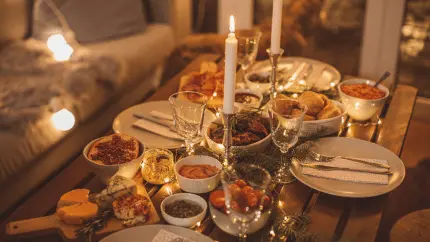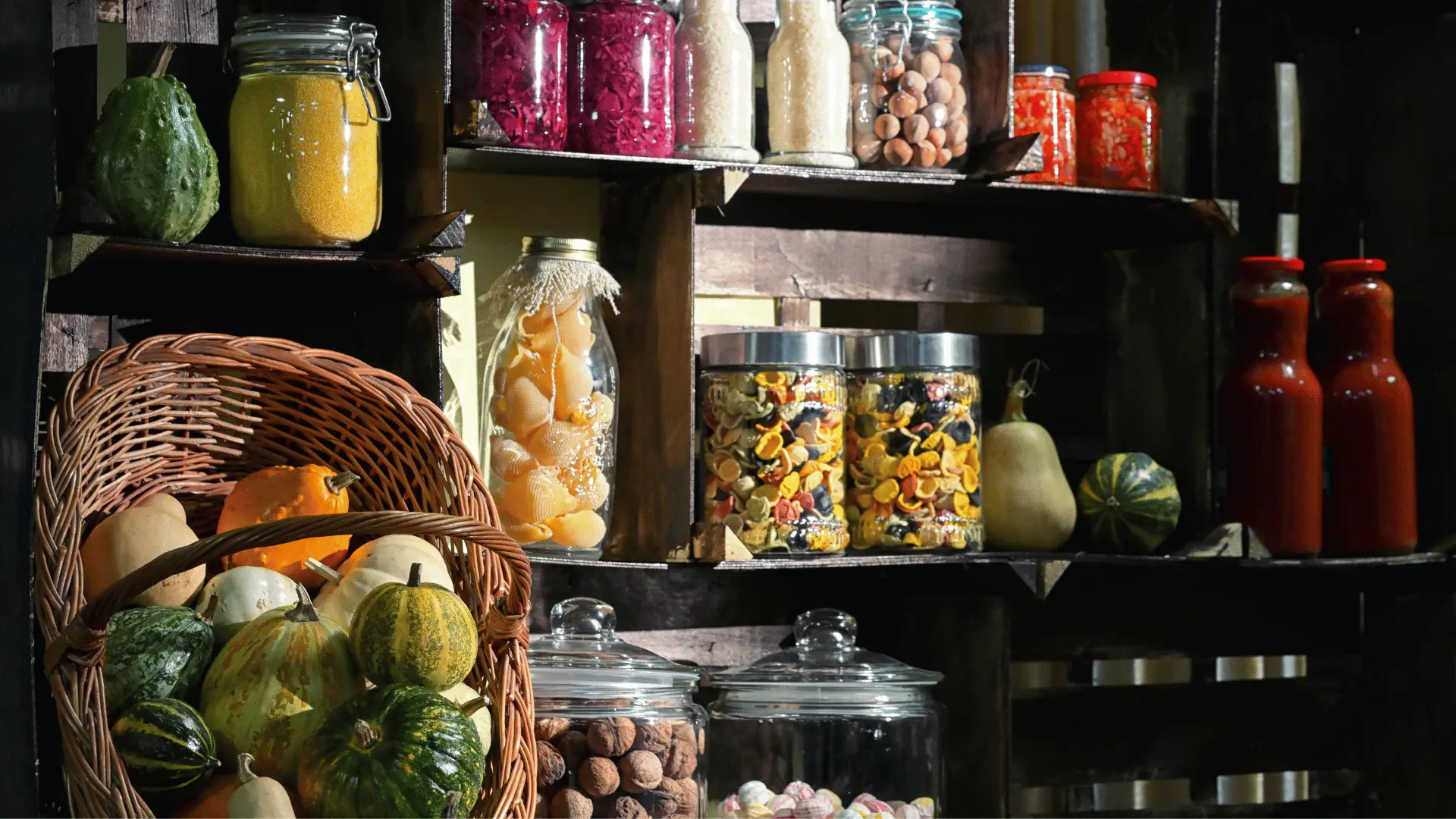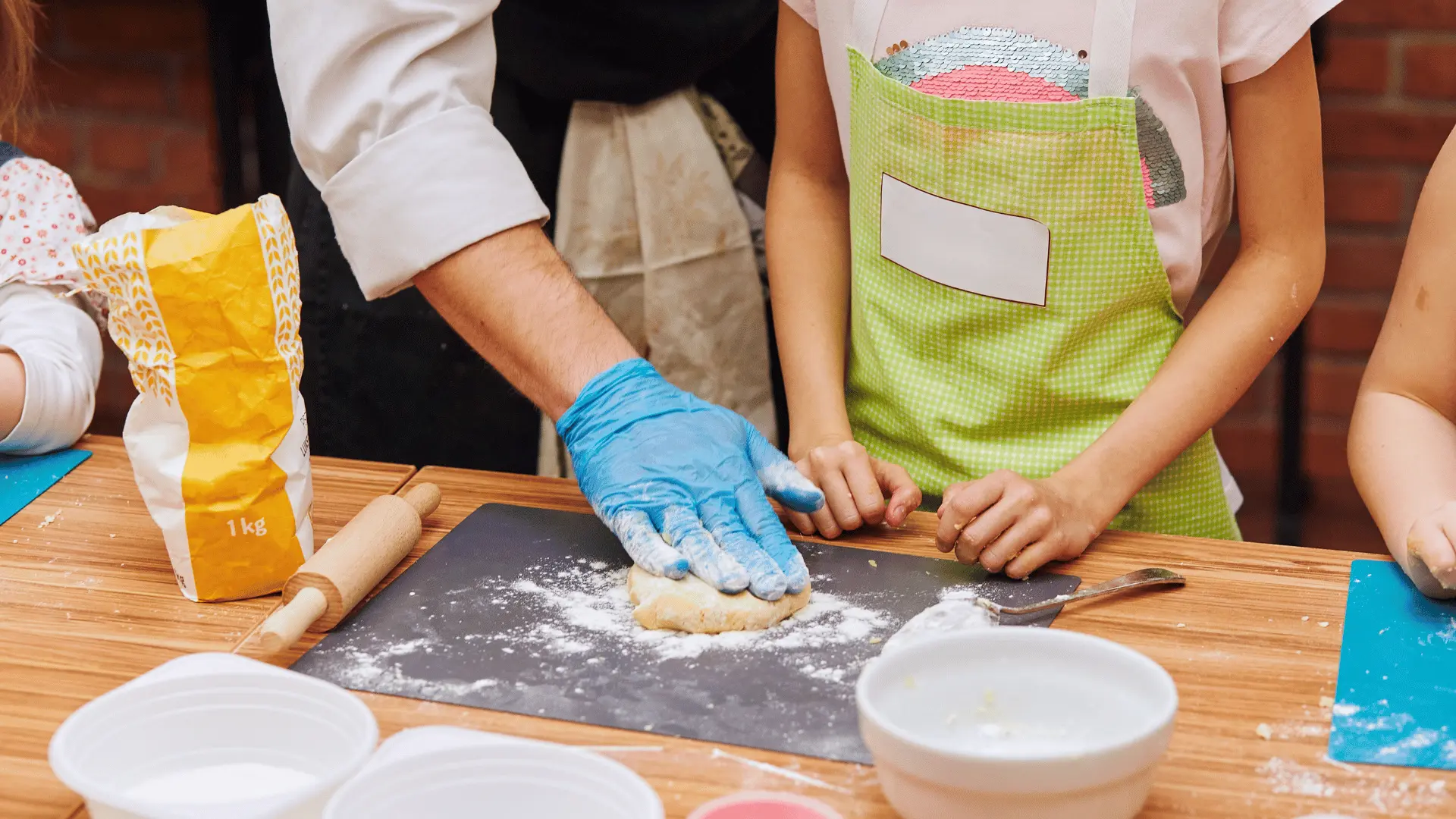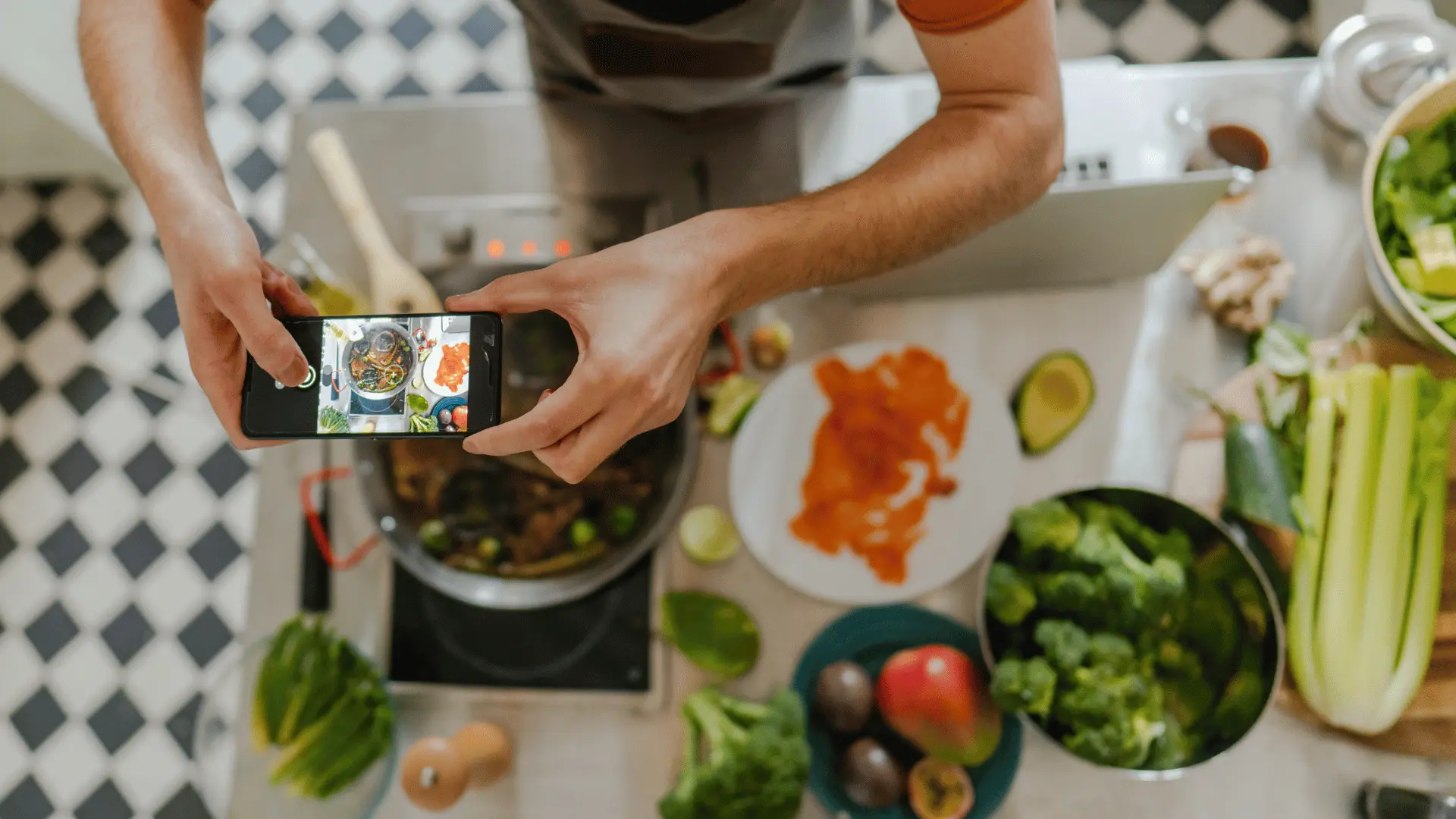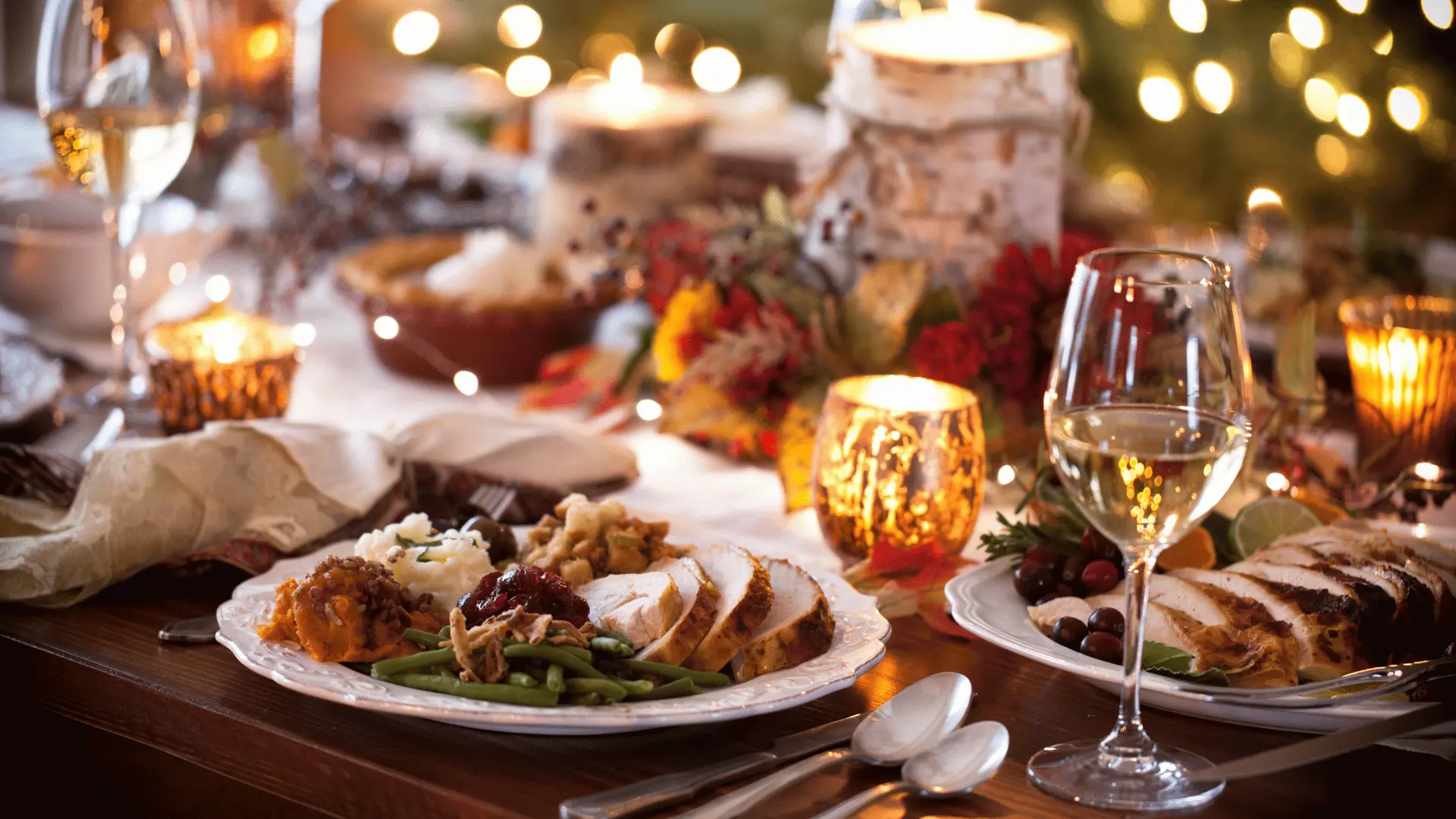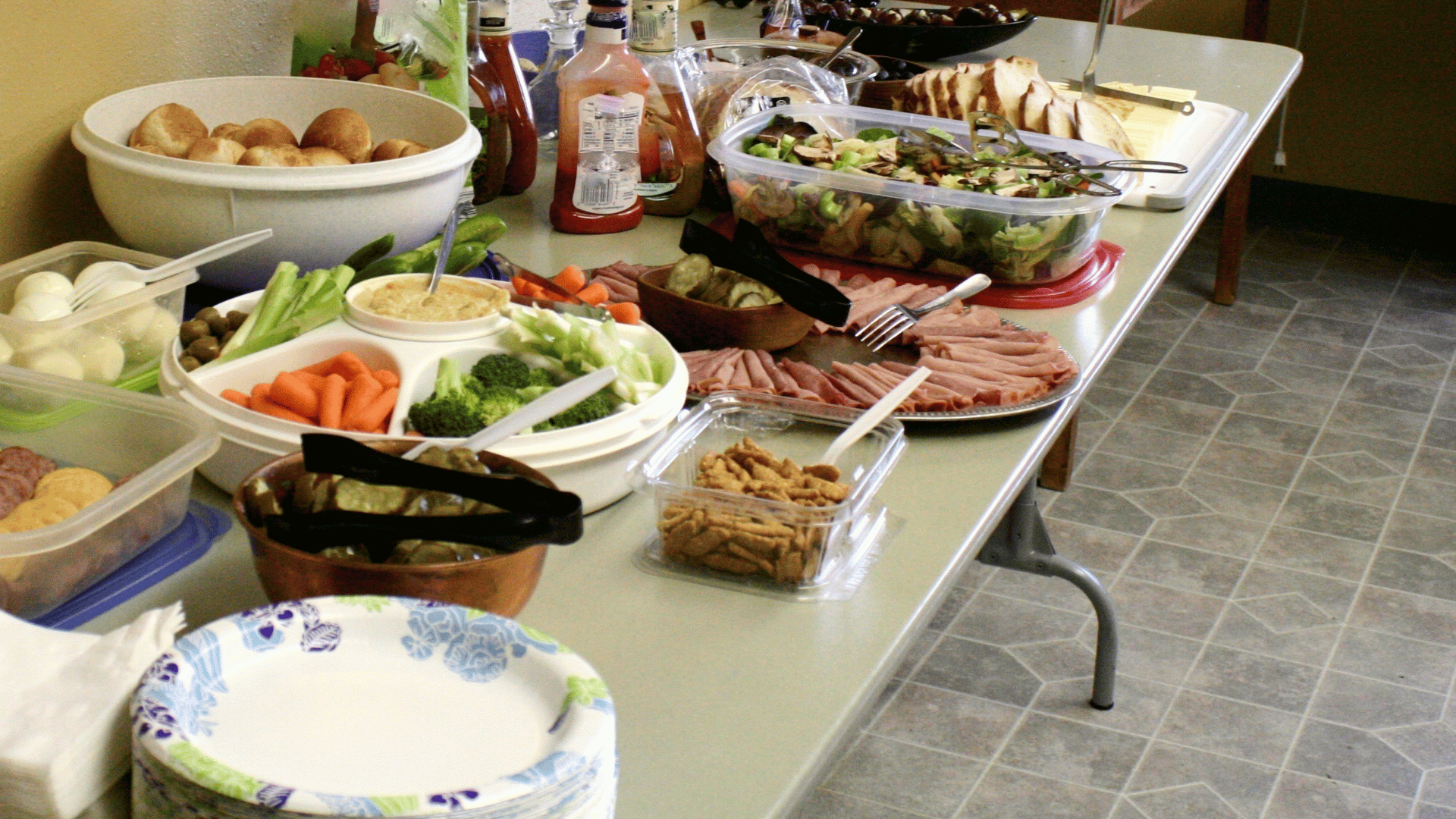
10 Potluck Mistakes and How to Avoid Them
We love a good potluck. The table fills up like a quilt—one square at a time—until it becomes something bigger than any single dish. But without a little structure, even the most heartfelt gathering can tilt into chaos: three mac-and-cheeses, zero vegetables, and someone quietly nibbling plain salad because we forgot about their allergy. The good news? Most potluck problems are predictable—and totally fixable.
Use this practical list to sidestep common pitfalls and host a potluck that feels abundant, balanced, and low-stress. Each mistake comes with a simple remedy you can put into action right away (and yes, digital planning with Recipe Memory helps a ton).
Mistake 1: Letting the Group Chat Run the Show
Symptom: Endless messages, scattered commitments, and last-minute confusion. Someone mentioned a dessert two days ago… or did they?
The Fix: Move sign-ups to a single shared plan. In Recipe Memory, create a Gathering with categories (Mains, Sides, Salads, Breads, Drinks, Desserts) and let guests claim a slot. Everyone sees what’s covered in real time—no scrolling through memes to find the pasta bake.
Mistake 2: A Table of Stars Without a Team
Symptom: Five show-stopping casseroles, no fresh sides, and nothing to cleanse the palate. It’s delicious… and heavy.
The Fix: Aim for a 40/40/20 balance: about 40% mains, 40% sides/salads, 20% desserts. Add a dedicated “Fresh + Crunchy” slot (green salad, slaw, veggie tray) and a “Simple Starches” slot (rice, rolls, cornbread) to anchor the spread.
Mistake 3: Ignoring Dietary Needs Until Guests Arrive
Symptom: Your vegan cousin is stuck with chips, and the nut-allergic nephew can’t eat the cookies everyone brought.
The Fix: Collect dietary preferences during the invite. In Recipe Memory, note allergies (nuts, shellfish), dietary patterns (vegan, vegetarian), and intolerances (gluten, lactose). Label a few guaranteed-safe dishes in the plan, and add table cards like “Gluten-Free, Contains Dairy.” Inclusion isn’t an afterthought—it’s part of the menu.
Mistake 4: Overcomplicating Dishes That Need to Travel
Symptom: Soufflés that slump, salads that wilt, frosting that slides in a warm car.
The Fix: Choose travel-smart recipes: braises, baked pastas, sturdy salads (grains, slaws), bars and brownies. If a dish hates the commute, pack components separately and assemble on site. Add a “Needs Reheating” or “Assembly Required” note in Recipe Memory so the host can plan oven and counter space.
Mistake 5: Forgetting Temperature and Food Safety
Symptom: Hot foods cool on the table; cold foods warm up next to the stove. Everyone crosses fingers.
The Fix: Think like a caterer: slow cookers and chafing dishes for hot items; coolers with ice packs for chilled dishes. Rotate smaller platters more often instead of leaving large pans out for hours. Add a reminder in the event plan: “Refresh hot/cold dishes every 90 minutes.”
Mistake 6: No Serving Gear, No Labels, No Plan
Symptom: One serving spoon doing the work of ten. Guests ask, “What is this?” every two minutes.
The Fix: Build a tiny “hosting kit”: extra tongs, ladles, spoons, masking tape, a marker, and blank tent cards. In Recipe Memory, prompt each contributor to bring a labeled serving utensil. On-site, set up stations in order: Mains → Sides → Salads → Breads → Condiments → Desserts → Drinks. Flow matters.
Mistake 7: Cooking for a Mystery Headcount
Symptom: You run out of mains by plate three… or you’re sending lasagna home in beach-cooler portions.
The Fix: Confirm RSVPs and use simple per-person guidelines:
- Mains with protein: ~6–8 oz per adult (4–6 oz for kids)
- Hearty sides: ~4 oz per person
- Green salad: ~1 cup per person
- Bread/rolls: 1–2 per person
- Desserts: 1–2 small pieces per person
In Recipe Memory, the live guest count helps you scale recipes and generate a grocery list for your portion of the menu.
Mistake 8: Only Showstoppers, No Staples
Symptom: Twelve creative dishes, not a roll in sight. No plain rice for picky eaters. Great food, but no “glue.”
The Fix: Add a few neutral anchors: buttered rice, simple roasted potatoes, seasoned beans, rolls, or cornbread. They stretch the mains, soothe picky palates, and make the meal feel complete. Create specific “Anchor” slots in the plan so someone volunteers for them.
Mistake 9: No Plan for Leftovers
Symptom: Mountains of food tossed at night because no one brought containers.
The Fix: Set a “Take-Home Bar” with compostable containers, foil, and freezer labels. In Recipe Memory, add a post-event note: who brought what, what traveled home with whom, and which dishes should become part of your family’s digital cookbook for next time. Wasting less is part of hosting well.
Mistake 10: Forgetting the Memory
Symptom: Great food, great night… and the menu disappears into the group chat abyss.
The Fix: Document before serving: one photo of the full table, one photo per dish, and a quick note from each contributor (“Why we love this,” “Granddad’s version,” “Spice level”). Save everything to your Recipe Memory cookbook under the event name. Next time, you start with a proven blueprint, not an empty page.
Optional Add-Ons That Elevate Any Potluck
- Flavor map: Create a quick heat/sweet/savory balance. If you’ve got lots of creamy dishes, add something bright (citrus salad) and crunchy (slaw).
- Theme light: Not every potluck needs costumes. A subtle thread—seasonal produce, regional favorites, or “grandma recipes”—adds cohesion without rigidity.
- Drink station: Keep beverages separate from the food line. Offer still water, a bubbly option, and one signature drink plus a mocktail. Label clearly.
- Kid corner: A small plate of mild options (buttered noodles, fruit, cheese sticks) helps families relax and keeps the main line moving.
Sample Balanced Potluck Menu (for ~16 guests)
- Mains (3): Pulled chicken (slow cooker), baked ziti (vegetarian), citrus-marinated tofu tray
- Hearty Sides (3): Roasted potatoes with herbs, smoky baked beans, mac and cheese
- Fresh & Crunchy (2): Cabbage-apple slaw, mixed greens with lemon vinaigrette
- Breads/Starches (2): Warm rolls + butter, garlic flatbreads
- Condiments: Hot sauce trio, pickles, grainy mustard
- Desserts (2–3): Lemon bars, chocolate brownies, seasonal fruit
- Drinks: Still + sparkling water, iced tea, cranberry-lime spritz (mocktail)
Drop these categories into your Recipe Memory Gathering and invite guests to claim a slot. You’ll watch the board fill in evenly—no duplicates, no gaps.
Speed Checklist: 48 Hours Before Guests Arrive
- Confirm RSVPs and scan the plan for holes (add a store-bought backup if needed).
- Assign one “Fresh + Crunchy” and one “Anchor” dish if missing.
- Check allergy coverage—ensure at least two safe options per restricted guest.
- Stage serving gear, labels, and extra utensils.
- Clear counter space for a landing zone and set up traffic flow (food line one way, drinks separate).
Why This All Works
Good potlucks feel effortless, but they’re not accidents. They’re the result of small, thoughtful choices—clear sign-ups, balanced categories, inclusive options, and simple systems for transport, serving, and leftovers. When those pieces click, the noise disappears and the connection amplifies. Guests feel seen, the food shines, and the stories start to flow.
Key Takeaway
A joyful potluck is a planned potluck. Replace sprawling text threads with a single shared plan in Recipe Memory, balance your categories, label for inclusion, and prepare your serving basics. Do that, and you’ll avoid the ten most common pitfalls—trading stress for ease and turning a table of dishes into a table of memories.
Love what you’re reading?
Join Recipe Memory today to save your favorite recipes, plan meals with ease, and create smart grocery lists ...all in one place.
